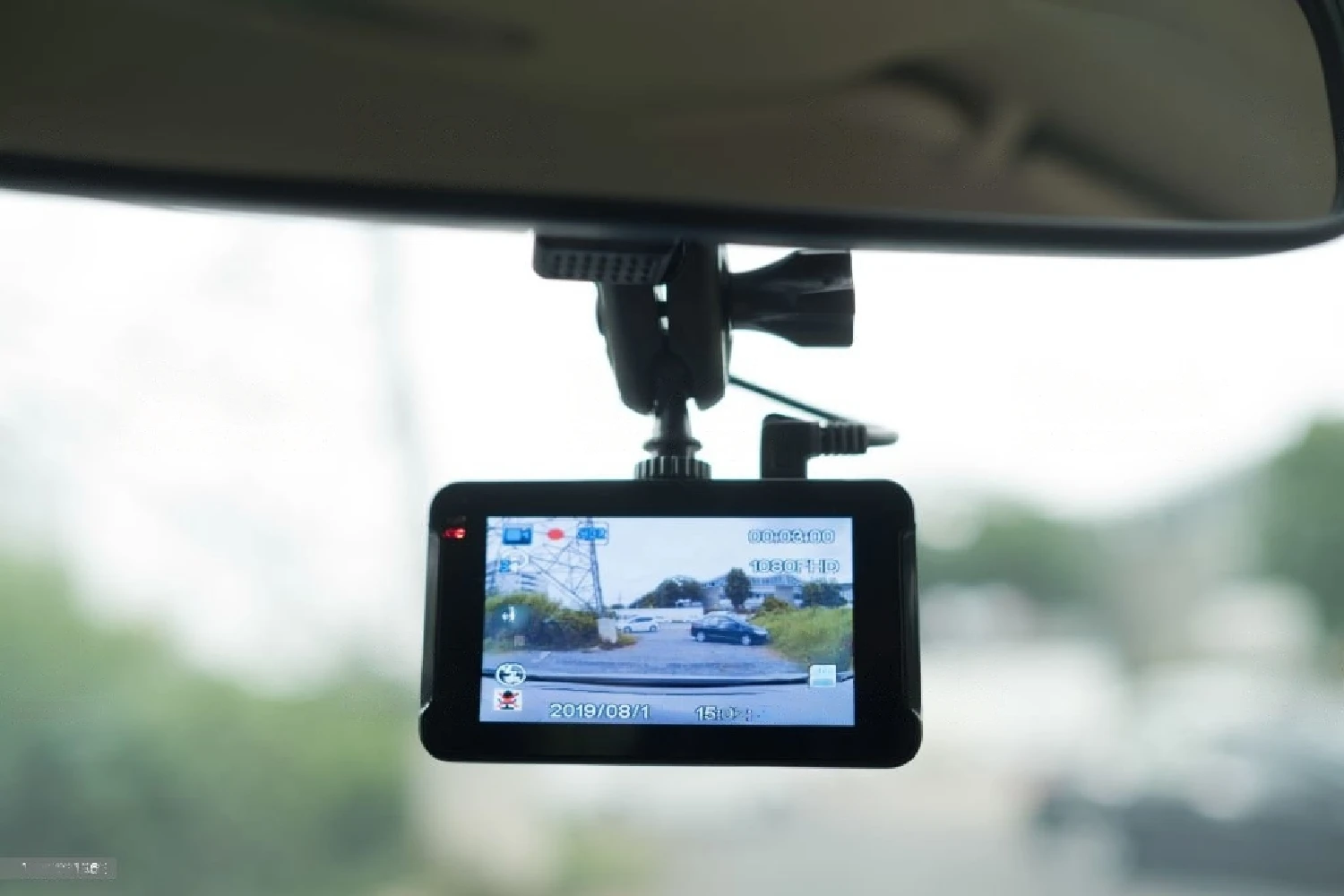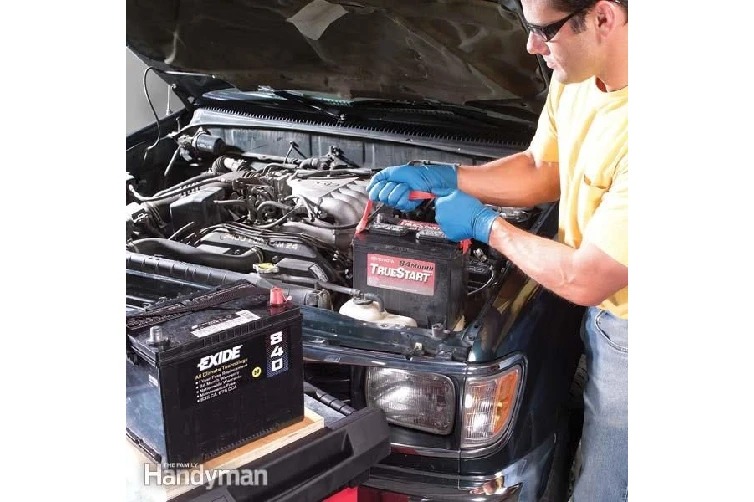Jacking up a dual-axle travel trailer can seem daunting, especially when safely and securely lifting the trailer without damaging it.
However, with the right tools, knowledge, and technique, you can easily jack up your travel trailer and begin whatever project you need to do in no time. Read on to learn more about safely and effectively jacking up a dual-axle travel trailer.
Jacking Up the Trailer
Are you looking to jack up your dual-axle travel trailer for maintenance or repairs? Whether you’re an experienced trailer operator or a newbie, jacking up your trailer is an essential skill to learn.
Jacking up a trailer can be tricky, so it’s important to understand the proper techniques and safety protocols to ensure you complete the job safely and effectively.
Before you start jacking up your trailer, be sure to have all the necessary tools and materials on hand. You will need an automotive jack, a pair of jack stands, and a few other items. It would be best if you understood how to use each piece of equipment well.
Once your materials and tools are ready, it’s time to start jacking up the trailer. Depending on the size and weight of your trailer, you may need to use two jacks.
Start by parking your trailer on a flat, level surface. Ensure the brakes are engaged, and the trailer’s weight is evenly distributed.
Next, place the automotive jack under the trailer’s frame. Place it as close to the trailer’s axles as possible to ensure maximum leverage.
Place a jack stand under the trailer’s frame on the opposite side. This will help provide additional support.
Now, slowly crank the jack until the trailer is about 8 inches off the ground. Make sure to keep an eye on the trailer’s weight and distribution. Once the trailer is up, place a second jack stand on the opposite side of the trailer for additional support.
For extra security, it’s important to use wheel chocks to help keep the trailer from moving. Place the chocks in front of the trailer’s tires. This will ensure the trailer doesn’t move while you’re jacking it up.
Jacking up your trailer is an essential maintenance task that every trailer owner should know how to do. Following the correct safety protocols and having all the necessary materials and tools, you can easily and safely jack up your dual-axle travel trailer.
Preparing to Jack Up a Dual-Axle Travel Trailer
Are you planning a camping trip and need to know how to jack up a dual-axle travel trailer? It can be not easy, but with the right tools and knowledge, you can get the job done. This blog will discuss the important steps to jack up a dual-axle travel trailer.
Before you start, it’s important to remember that jacking up a dual-axle travel trailer is dangerous and should not be attempted without proper training and safety equipment. If you’re unsure how to perform the job properly, then it is best to have a professional do it for you.
The first step in preparing to jack up a dual-axle travel trailer is to find a level surface to work on. Make sure that the area is free of any debris, such as rocks, to ensure that your trailer is safely elevated.
If you are unsure of the levelness of the surface, then consider using a level tool to help ensure a safe working area.
Once the area has been cleared, you’ll need to gather the necessary tools and materials. This includes a jack, at least two jack stands, two blocks of wood, and two jack stands of equal height. You will also need a wrench, pliers, and a hammer.
Now that you have the necessary tools and materials, you can begin jacking up the trailer. The first step is to evenly place the jack stands on either side of the trailer and place the wood blocks underneath them.
Now, you can place the jack under one of the trailer’s axles and begin to raise the trailer. As you raise the trailer, make sure to keep an eye on the jack stands to ensure that they remain level.
You will then need to raise the second jack stand, and once it is in place, you can repeat the process with the other side of the trailer. Keep the trailer level, and never let the trailer move while you are jacking it up.
When the trailer is in place, it is important to remember to use the jack stands to keep it in place. You can also use wood blocks to ensure that the trailer remains level. Once the trailer is securely jacked up, you’re ready to start your camping trip.
Following these steps, you can successfully jack up a dual-axle travel trailer. It is important to remember to use the proper tools and materials and always to keep safety in mind when performing this task.
With the right preparation, you can safely and successfully jack up your trailer for your next camping trip.
Lifting the Trailer
If you’re planning a camping trip, you’ll need to know how to jack up your trailer. Jacking up a dual-axle travel trailer is a job that requires knowledge, skill, and caution. To ensure a safe and successful trip, it’s important to understand the process of lifting your trailer.
Before you begin jacking your trailer up, you’ll need a few things: a jack, blocks, and chocks. The jack is the mechanism that will do the lifting. It should be rated to lift the weight of your trailer.
You’ll also need thick and strong blocks to support your trailer while the wheels are off the ground. Finally, chocks are necessary to prevent the trailer from rolling while the wheels are off the ground.
The first step in jacking up a dual-axle travel trailer is to place the blocks on either side of the axle. Make sure the blocks are far enough apart to give you some room to work.
Once the blocks are in place, you can place the jack underneath the trailer frame. Knowing your trailer’s weight is important as choosing a jack suitable for the job.
When the jack is in place, you can lift the trailer. As you lift the trailer, keep an eye on the balance. You don’t want the trailer to lean to one side or the other.
When the wheels are off the ground, you can place the chocks in front and behind the tires to keep the trailer from rolling.
Finally, once the trailer is lifted and the chocks are in place, you can begin to work on the trailer. This could include checking the brakes, changing the oil, or doing other maintenance tasks. You can lower the trailer back down and remove the blocks and chocks when finished.
Lifting a dual-axle travel trailer can be tricky, but with the right precautions, knowledge, and supplies, you can have a safe and successful trip.
And now that you know how to jack up a dual-axle travel trailer, you can be confident that you’re ready to hit the road.
Securing the Trailer
When securing a dual-axle travel trailer, one of the most effective methods is to jack it up. Jacking up a trailer can be daunting, especially for novice trailer owners. Still, with the right equipment and technique, it is an essential step to protecting your trailer from potential theft and tampering.
The first step is to select a suitable jack for your trailer. A jack that is too light may not be able to lift the trailer, and a jack that is too heavy may cause damage to the trailer. A jack that is strong enough to lift the trailer should be considered.
Additionally, some jacks are designed to be used with the trailer in the upright position, while others are designed in the tilted position.
Next, it is important to ensure that the trailer is parked on a level surface. This will help to ensure that the vehicle is stable and the load is evenly distributed. Additionally, if the vehicle is parked on a slight incline, the tongue weight should be adjusted accordingly.
Once the jack is in place, the trailer should be lifted to the desired height. It is important to remember that the jack should be positioned on the trailer’s frame, not the axle.
Additionally, the jack should be centered on the trailer frame to ensure sufficient support. It is also important to ensure that the jack is placed securely and that the jack handle is securely fastened.
Once the trailer is lifted, the wheels should be choked. This will help to prevent the trailer from rolling off the jack. Additionally, the chocks should be positioned in the center of each trailer’s tires. This will help to ensure that the trailer is held securely in place while it is jacked up.
Once the trailer is jacked up and securely in place, securing it with a sturdy locking device is important. This will help to discourage any potential thieves from attempting to tamper with the trailer.
Additionally, trailer owners should consider security measures such as installing a coupler lock, a hitch lock, and a trailer hitch lock.
Jacking up a dual-axle travel trailer is relatively simple, but taking the necessary safety precautions is important. Trailer owners can effectively secure their trailers and protect them from potential theft and tampering by following these steps and using the appropriate equipment.
conclusion
In conclusion, jacking up a dual-axle travel trailer is a relatively straightforward process that can be done safely with the right tools and techniques. With the right jack and accessories, you can easily level your trailer and make repairs or replacement parts more accessible.
Just remember to take necessary safety precautions, such as using jack stands and blocking the wheels, to ensure your trailer remains stable and safe to work on.
FAQs
Q1: Where should I place the jack when jacking up my travel trailer?
A1: Place the jack under the frame on the side near the tongue. Make sure the frame is centered, and use a board or similar item as a buffer to protect the frame from damage.
Q2: What safety measures do I need to take when jacking up my travel trailer?
A1: Make sure to support the trailer with jacks on both sides and the tongue, and place wheel chocks around the tires for extra stability. Also, make sure to use jack stands for added safety.
Q3: What should I do if I’m unsure how to jack up my travel trailer properly?
A3: Contact a professional for assistance. A qualified technician should be able to help you accurately and safely jack up your travel trailer.
Q4: Is there a specific order for jacking up a dual-axle travel trailer?
A4: Yes, it is important to jack up the axle closest to the hitch and then the axle furthest away.









